Managing On-Premise and Cloud based Software Applications
Managing a complex software landscape of On-Premise and Cloud based applications is now a fact of life.
As we have moved into a new year it’s now commonly known that many companies have seen the benefits of having some of their software applications live in the cloud. From the smallest to the largest of companies now have a mix of Cloud and On-Premise applications! We are now asking our employees to jump from a desktop, to a browser to an in-house application. We ask them to do this with less time, less coworkers, be more productive, get it done faster, but we heap upon them more disconnected systems! Or we have point to point interfaces that are rolled out on a schedule that is probably less than desirable.
Business and back office support don’t always move at the same speed. Business needs and requirements change much quicker than the “corporate roadmap” of IT projects! This increase in complexity increases operational costs, lowers productivity and impedes the ability to quickly respond to competitive pressures.
Let’s take an example of a prospect looking to get a quote from your company on a product or service. Your CRM system is cloud based, your logistics system is an on premise ERP system and the prospect wants a simple quote. Let’s think about the workflow of tasks that you are asking your sales team to handle.
1. The cloud based CRM system contains a lead, contact, opportunity and other information from this prospect.
2. The ERP system does not contain any Customer Master data on this prospect (it’s a prospect!)
3. The ERP needs certain master and transactional information in order to create a price quote.
4. Once the employee has entered this information into the ERP and has generated the price quote the data has to be transferred to the cloud based CRM system to keep this system updated.
5. All of this information needs to be handled in a timely manner otherwise the prospect will just move on to another supplier!
If the business unit is asking for this integration the IT department thinks of this process as another requirement that needs to get prioritized and scheduled for some future date! Does this sound like your organization? Do we need to rethink how we approach integration of Cloud versus On-Premise software systems?
In the past these types of interfaces were designed to replicate data from one system to the other. This approach requires middleware which must talk to either system and involves a big IT project. This type of integration is complex and costly with constant administration needed to keep the duplicate sets of data in synch.
In the new world of cloud based platforms, the better alternative is often to utilize web services to allow one system to talk to the other. This is a real-time call to the other system, eliminating the need for complex data replication. Modern web services follow universal standards so there is no dependence on a single IT vendor’s proprietary technology. Web services can be implemented quickly and at much lower cost than middleware. Web services can enable “mashup” apps, or composite applications which allow the user to see real-time information from multiple sources on one screen.
Now reimagine our prior business scenario where the salesperson creates a new prospect in their CRM system and with the click of a button immediately obtains real-time product price and availability from the company ERP system. The prospect is so impressed with the level of service, they may place their order on the spot!

